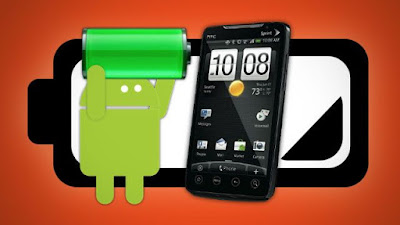Mobile security is a major area of concern for personal as well as corporate users. Since Android powered phones occupy the largest share of the smartphone market, they are increasingly being targeted by hackers and cyber criminals. With this increase, there is an increased chance that you too will encounter malware. So, what can be done about it?
You can install some security apps available to prevent malware from stealing your private information and causing data loss. Here are five such free apps to help prevent malicious software from harming your Android smartphone:
1. Avast Free Mobile Security
The Avast Free Mobile Security app offers anti-malware and anti-theft features. If a malicious website is visited while surfing, this application will warn the user. This application will also identify potentially dangerous applications that may be installed on the Android device. SMS and call filtering allows users to block incoming messages and unwanted calls based on contacts and specific time of day that people call.
Avast is known for its firewall and enhanced anti-theft features. This application can perform full scans on installed apps and also on the SD card. The scans can take place manually or automatically.
2. AVG Mobilation Anti-Virus Free
AVG Mobilation Free helps to prevent viruses and malware from infecting your phone. This anti-malware software offers theft protection to protect against unexpected losses. This app also offers track and control capability that will allow consumers to find their phones if they are separated from them. The phone’s data can be locked or erased remotely.
Users can make calls, surf the web, download music and apps safely with the use of this security app. The app scans files, settings and web activity for potential malware. SMS inbox is also protected againsthackers and scammers.
3. Lookout Mobile Security
Lookout Mobile Security offers free malware protection and backup for contacts. This application also provides remote locating for phones and tablets. If the account is upgraded, features such as App Privacy manager, image backup, remote locking and remote data erase are available. Scans can be conducted on daily or weekly basis. Data may also be backed up on the Lookout servers. Most users back up call history and pictures. The most recent activity on the phone can also be seen.
4. Norton Mobile Security Lite
Norton Mobile Security Lite offers free malware protection for Android users. This application also features remote locking and remote locating. Norton Mobile Security Lite offers browser protection, remote camera control and a remote alarm .
If the phone is lost, the device data may be erased remotely. The remote functionality is initiated by SMS text commands. The application checks for virus datanase updates weekly, and it can be updated more or less frequently. The focus of the application is to provide anti-malware and anti-theft services. SIM cards are not protected with this Android security application.
5. NQ Mobile Security
NQ Mobile Security is another free anti-malware application. This security application features a firewall, contact backup and remote location functionality. The traffic monitor tracks data usage. An app optimizer ensures that applications are performing at the phone's full capability.
THE END






